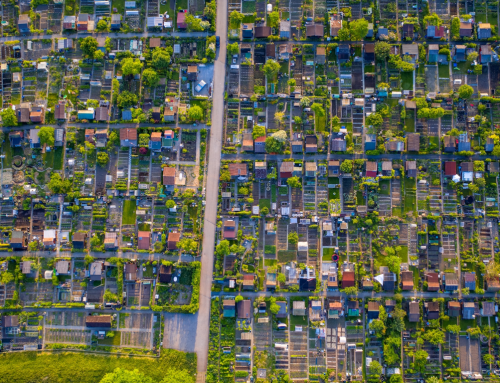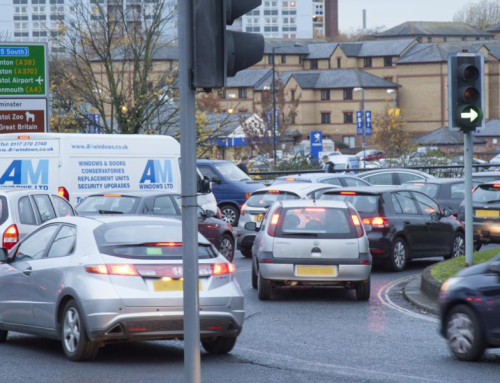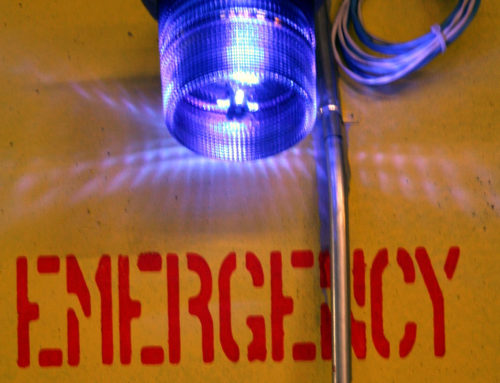If you look at any popular list of the greenest countries to visit, New Zealand is likely to feature. Its ‘clean green’ image – promoted as part of the Ministry for the Environment’s recent report – is the result of the country putting some serious time and effort into talking the talk – but is it walking the walk?
The newly-elected government is certainly keen to build on these positive perceptions. Fronted by the popular prime minister Jacinda Ardern, in November the Labour party achieved the biggest election victory for 50 years. Nevertheless, Ardern entered voluntarily into a ‘Cooperation Agreement’ with the Green Party, who will be hoping to wield influence on climate matters. It’s therefore one of the few countries in the world where the Green movement has a real voice in government.
But how far are the country’s headline commitments on carbon emissions reductions reflected in its actual action on the climate crisis?
Fruits of your Labour (party)
New Zealand has been one of the frontrunners when it comes to setting binding targets to reduce its greenhouse gas emissions. Ardern’s administration declared a climate emergency in December 2020, recognising the impact that climate change will have, and pledged to make government operations carbon neutral by 2025.
This was in addition to its 2019 commitment, through the Zero Carbon Bill, to reach nationwide net-zero carbon emissions by 2050. This target is in line with the recommendations of the Intergovernmental Panel on Climate Change (IPCC) report, which that suggests that for the world to have a fighting chance of keeping global warming in check, greenhouse gas emissions need to fall by about 45% from 2010 levels by 2030, and reach ‘net zero’ around 2050. It is also aligned with the 2016 Paris Agreement’s aim to limit warming to 2°C above pre-industrial levels, preferably 1.5°C.
The bill garnered cross-parliamentary support, and mirrored targets set by other countries like the UK and Sweden. It places New Zealand amongst a handful of countries that have now enshrined their targets in law.
Sweden’s target is a little more ambitious, aiming for net-zero by 2045. China has a target of net-zero target for 2060, while in the UK the target date is 2050. So, as far as targets go, New Zealand is certainly on trend.
Rattle your dags
However, there are several aspects of New Zealand’s position that give pause for thought.
Take, for example, the country’s track record on emissions: New Zealand has one of the worst profiles of any industrialised nation. According to the UN, of the 43 industrialised countries – nations that have benefitted from the lion’s share of emissions and therefore the most obligated to reduce them – there are only 12 that have seen a net increase in emissions since 1990 levels. New Zealand is one of them: its 57% net increase makes it second only to Turkey.
Secondly, New Zealand is operating under an intermediate goal to achieve a decrease in gross emissions between 2005 and 2030 of 30%, equating to a 11% decrease in emissions from 1990 levels by 2030 under the Paris Agreement. Current predictions by the Ministry for Environment see New Zealand missing this target by some way, with the country on course to achieve a measly 9.6% decrease between 2005 and 2030. Confusingly, New Zealand’s targets under its Nationally Determined Contributions – the actions each country will take to reach the Paris targets – actually commit to a 30% reduction in net emissions by 2030 against a baseline of gross emissions, which appears to allow the country’s net emissions to increase in that time. Other industrialised countries have called on New Zealand to toughen up its commitments, with its progress rated ‘insufficient’ by Climate Action Tracker.
New Zealand was also absent – some sources say “excluded” – from the line-up of speakers at the UN’s Climate Ambition Summit 2020. This was a virtual conference of nations to mark the five-year anniversary of the signing of the Paris Agreement, intended to gather those countries most intent on tackling climate change.
A lamb down under
One reason for reservations about New Zealand’s commitment to its targets is the agriculture industry’s exemption from the country’s Emissions Trading Scheme (ETS). The ETS aims to incentivise emissions reductions by getting emitters to prove a set reduction in emissions or buy offsets from New Zealand’s forestry industry. The agriculture sector won’t have to participate in this scheme until 2025 and even then, the sector will be given a massive price reduction, which would – for example – add just one cent to the price of a kilo of milk solids (which was around $6.35 in 2019).
A larger problem is the exclusion of biogenic methane from New Zealand’s net-zero target. The net zero law set in 2019 covers methane in a separate target, aiming for a 24-47% reduction below 2017 levels by 2050, which is equivalent to removing 9-16 million tonnes of CO2e per annum.
A true commitment to net zero, though, would require a further reduction of emissions to the tune of 18-25 million tonnes of CO2e, the lower end of that estimate being equivalent annually to New Zealand’s total current road transport emissions.
Unlike biogenic CO2, the release of which is treated as cancelled out by recent sequestration in plant growth, biogenic methane is not typically excluded from climate change targets or emissions inventories, given that it’s considered to be anthropogenic in origin – resulting from human activity and not a natural phenomenon. Methane is a potent greenhouse gas, with an emissions factor 25 times that of CO2, and New Zealand creates lots of it, thanks to its huge numbers of sheep and cattle. In fact, New Zealand is the world’s largest exporter of milk and fastest growing exporter of sheep meat.
To understand why New Zealand may want a separate target for methane, it is best to look at the country’s emissions profile. For an industrialised country, New Zealand has unusually high emissions from agriculture. Agriculture contributes 48% of New Zealand’s total greenhouse gas emissions, 85.8% of its methane production and 92.5% of its nitrogen dioxide (NO2). That’s despite agriculture employing just under 6% of New Zealand’s workforce and contributing 7% of the country’s GDP (for the UK, agriculture makes up barely 1% of the economy). That gives it a significant voice in the country’s politics, though this hasn’t stopped the country from trying to address other environmental issues that farming affects, such as water quality – though some argue that action here has fallen short too.
Whilst efforts have been made to implement decarbonisation policies in other industries, methane has yet to be targeted. This has led Climate Action Tracker to rate the country’s efforts as insufficient, and to criticism for farmers being given a “free pass” on tackling their major contribution to the climate crisis. The argument is that, if farming doesn’t carry its share of the burden, it will fall to other industries to do so; and if the country is to reach net zero without reducing agricultural methane, it would have an ongoing reliance on offsetting to make up the difference.
The price of exemption
However, the counter-argument is that New Zealand is one of the world’s most carbon efficient meat and dairy producers. Farming produces significant amounts of other greenhouse gases, including CO2 and NO2, and New Zealand expects the sector to reduce these significantly. If people want to consume these products, buying them from New Zealand will reduce emissions compared with other sources. In the absence of clear technological or farming practice changes that could eliminate or greatly reduce emissions, penalising methane emissions would add costs without actually driving change.
There is also debate about whether the bespoke target for methane reduction may be appropriate because of the different characteristics of methane and CO2, such as its relatively short lifespan in the atmosphere. New Zealand’s competitors aren’t taking similar action, and in the absence of a level playing field, the consequence could be to switch consumption to higher emission sources. There appears to be a need to develop an approach to methane that can be rolled out internationally, and while New Zealand’s separate targets for agriculture are a compromise, their implementation might be an opportunity for the country to take a leadership role in this field.
New Zealand certainly talks a good game when it comes to tackling the climate crisis, but – like many other countries – it has yet to define a realistic path to net zero. So long as it excludes biogenic methane emissions from its targets there will be concerns over whether it will be able to right its course at all. While unilateral action might simply disadvantage New Zealand’s farmers without really reducing global emissions, the next few years are crucial in the global fight against the climate crisis. New Zealand’s government has work to do, both on the international stage and to plan the future of its agricultural sector, if it is to live up to its green image.
Featured Image: Dave Young (CC BY 2.0) via Flickr







Shocking that NZ have allowed emissions to increase so much; thank you for writing a really good piece.
One Q though: doesn’t the IPCC’s 1.5C report say we need net zero by 2050 for CO2 (only), and 35%+ cuts (relative to 2010) for non-CO2 e.g. CH4? Given the uncertainty, I don’t think that means we should accept it (precautionary principle and that) but, if so, feels like there might be an evidence-based rationale for the different targets?